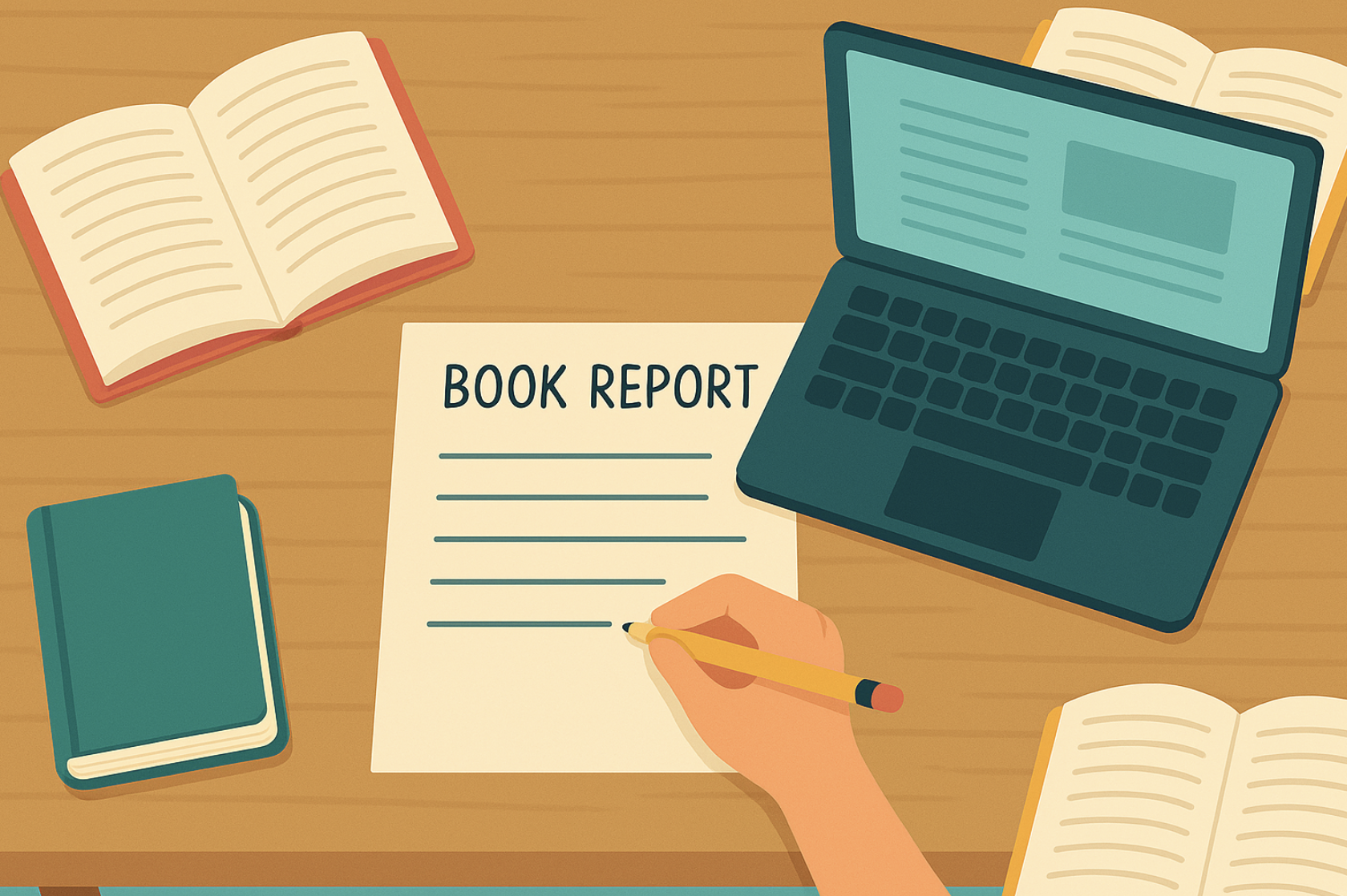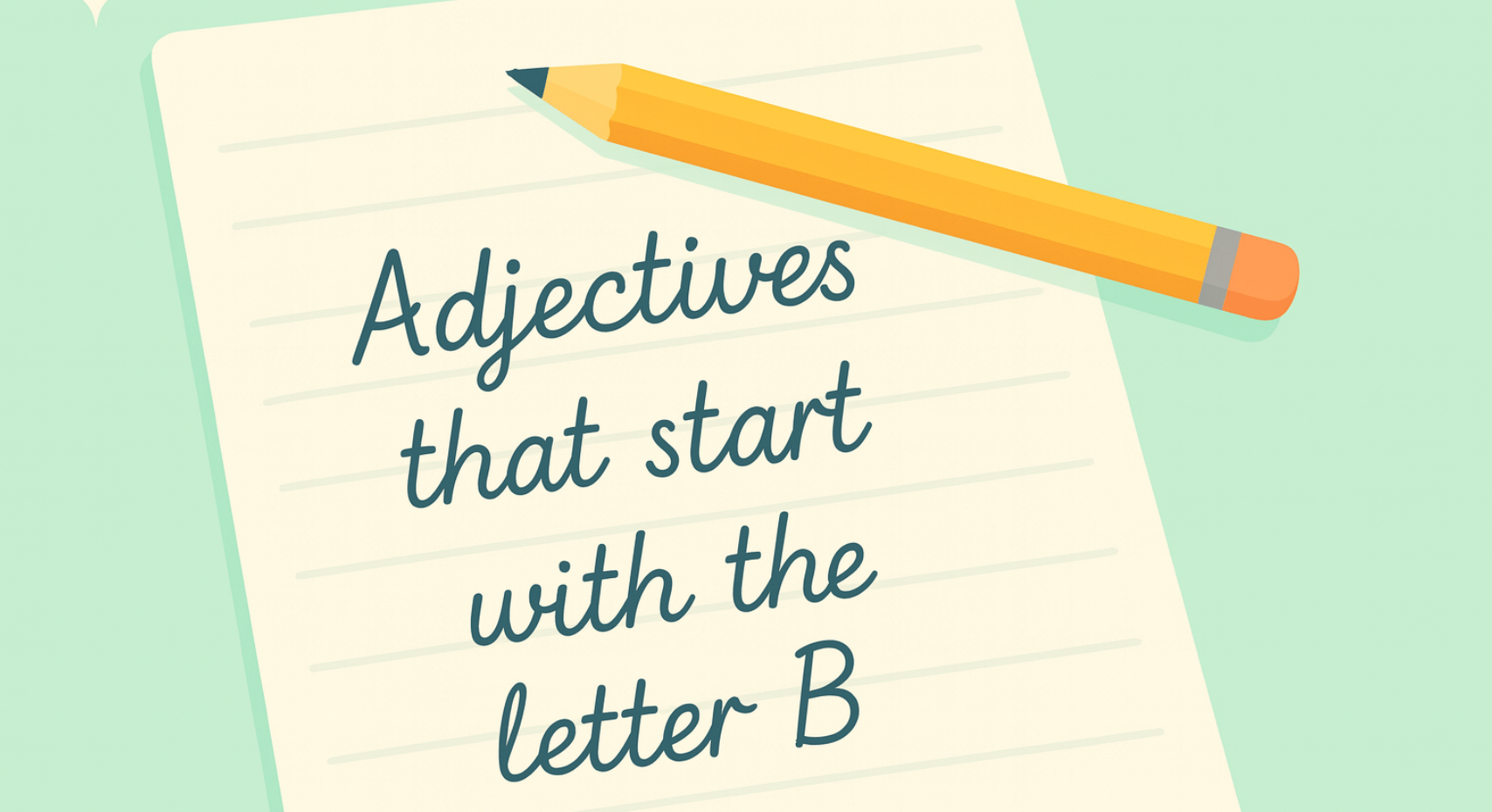Smooth writing is like a great conversation—effortless, engaging, and free of those awkward silences. But how do you make sure your readers stay glued to your words, seamlessly following your thoughts from one sentence to the next? The secret ingredient? Transition words. These humble little gems are the behind-the-scenes heroes of polished writing, guiding readers smoothly from idea to idea, keeping them hooked.
In this article, we’ll dive into the magic of using transition words to create that irresistible flow by using transition words in book writing. Trust me, once you’ve mastered this, your readers won’t just thank you—they’ll wonder how you made it look so easy! (Spoiler: you’ll make it look like a breeze, but we both know there’s a method to the madness.) Let’s get started!
What Are Transition Words? (And Why Should You Care?)
Transition words are those little connectors that guide your reader from one point to the next. Think of them as bridges between ideas. Instead of jumping from one cliff to another, you’re building a safe passage for your reader’s brain. Whether you’re shifting focus, adding more info, or contrasting two ideas, transitions ensure your readers don’t get lost in the shuffle.
Your Publishing Journey Awaits – Start NowSome common transition words? “Furthermore,” “nonetheless,” “on the other hand,” and my personal favorite, “in the same way.” These words set the stage for what’s coming next—whether that’s a new idea, a comparison, or a conclusion. Without them, your writing could feel disjointed. With them, readers sail smoothly from one paragraph to the next, barely noticing the shifts, which is essential for clear writing.
Why Are Transition Words Essential in Book Writing?
Imagine you’re reading a book, and suddenly, the flow hits a wall. You flip back a page, wondering if you missed something. That’s the power of bad transitions—or, in this case, no transitions at all.
Transition words in book writing are vital for keeping the reader engaged and focused. They help tie ideas together, connecting the previous paragraph to the next one without making readers feel like they just hopped onto a different train. Nonetheless, notwithstanding previous arguments, using these words effectively ensures your writing has logical connections, a critical ingredient for clear, engaging writing.
Common Types of Transition Words (Your New Best Friends)
Now, let’s break down some types of transition words and when to use them:
1. Time Transitions: Need to show a sequence? Use words like subsequently or meanwhile to indicate when things happen. These are perfect for scenes where action unfolds over time.
2. Cause and Effect: Want to show why something happened? Say hello to therefore, as a result, and because of this. These are your go-tos when explaining consequences.
3. Contrast Transitions: Life is full of contrasts, and so is your writing. Use nonetheless or on the contrary to show opposing ideas.
4. Additions: Need to pile on the facts? Words like furthermore and in addition can help stack ideas on top of each other in a way that’s easy to digest.
These transition types can take your book from choppy to smooth in just a few words. And hey, once you master these, you’ll be gliding from one point to another with ease.
How to Use Transition Words Between Sentences
Let’s talk strategy. When it comes to using transitions, it’s not just about throwing them in randomly. They need to be purposeful, guiding the reader within a paragraph or sentence. A good transition word helps reinforce the topic sentence and makes sure the idea sticks.
For example, say you’ve written a sentence explaining an idea, and now you’re about to give an example. You could start the next sentence with “For instance” or “In the following example.” Boom—clear, concise, and logical. The reader knows what’s coming next without any mental gymnastics.
How to Use Transition Words Between the Previous Paragraph and the Next
Paragraphs are like mini stories within your book. To keep them cohesive, you need to connect each preceding paragraph to the next one. In similar fashion, using similar structures when linking thoughts enhances clarity and coherence throughout your writing. This is where transition words shine, helping you avoid abrupt shifts that could lose your reader.
For example, let’s say the first paragraph ends by discussing the main character’s dilemma, and the next one shifts to how they solve it. You could start the second paragraph with “In the same way, he found a solution…”—a seamless shift that keeps your readers hooked.
If you’re looking to pivot to something new, contrast transitions like “on the other hand” or “nonetheless” work wonders. This is especially handy when you’re juggling multiple characters or plotlines. Just like a magician pulling a rabbit out of a hat, you’ll leave your readers thinking, “How did they do that?”
Using Preceding Paragraphs to Set Up Transitions
Using preceding paragraphs to set up transitions is a crucial technique in writing. It involves using the last sentence or phrase of a paragraph to create a connection with the first sentence or phrase of the next paragraph. This technique helps to create a smooth flow of ideas and makes the writing more cohesive.
To use preceding paragraphs to set up transitions, you can try the following:
- End a paragraph with a sentence that raises a question or creates a sense of anticipation.
- Start the next paragraph with a sentence that answers the question or addresses the anticipation.
- Use transitional words or phrases to connect the two paragraphs.
- Repeat key words or phrases from the previous paragraph to create a sense of continuity.
For example:
Paragraph 1: “The benefits of regular exercise are numerous. Not only can it improve physical health, but it can also boost mental well-being. In fact, studies have shown that exercise can reduce stress and anxiety.”
Paragraph 2: “Furthermore, exercise can also improve cognitive function. Research has shown that regular physical activity can improve memory and concentration. In addition, exercise has been shown to reduce the risk of age-related cognitive decline.”
In this example, the first paragraph ends with a sentence that raises a question about the benefits of exercise. The second paragraph starts with a sentence that answers the question and provides more information about the benefits of exercise. The transitional word “furthermore” is used to connect the two paragraphs, and the key word “exercise” is repeated to create a sense of continuity.
Identifying Areas for Improvement
Identifying areas for improvement is an essential step in the writing process. It involves reviewing your writing to identify areas where transitions can be improved. Here are some tips for identifying areas for improvement:
- Read your writing out loud. This can help you identify areas where the writing sounds awkward or disjointed.
- Look for paragraphs that seem disconnected from each other.
- Check for transitional words and phrases. Are they used consistently throughout the writing?
- Check for repetition. Are key words and phrases repeated to create a sense of continuity?
- Ask a friend or colleague to review your writing and provide feedback on transitions.
Some common areas for improvement include:
- Lack of transitional words and phrases
- Inconsistent use of transitional words and phrases
- Failure to repeat key words and phrases
- Disconnected paragraphs
- Awkward or disjointed writing
By identifying areas for improvement and using techniques such as using preceding paragraphs to set up transitions, you can improve the flow and cohesion of your writing.
Effective Transitions and Logical Connections in Longer Writing Pieces
Let’s say you’re writing a book or a longer essay—something with multiple chapters or sections. This is where effective transitions become even more crucial. A reader’s attention span is a tricky beast, and the longer your piece, the more likely they’ll get distracted by their phone. You can keep them grounded with strong transitions that signal what’s next.
Your Publishing Journey Awaits – Start NowFor example, when wrapping up a chapter, you might use phrases like in final analysis or to conclude. They let readers know they’re reaching the end of a section. Conversely, when introducing the next chapter, phrases like in the same way or for the same reason keep the momentum going.
Pro tip: Avoid repeat undoubtedly—if you overuse the same transition, it’ll stick out like a sore thumb. Vary your language, and you’ll keep things fresh.
Common Pitfalls to Avoid with Transition Words
Here’s a quick word of caution: while transitions are great, overdoing them can make your writing feel bloated. It’s like adding too much seasoning to your food—it overwhelms the main dish. Using transition words too often, or using the same ones over and over (*I’m looking at you, “therefore”*), can make your writing feel repetitive.
The solution? Mix it up! Use different types of transitions depending on the context. Keep it natural, and your writing will flow better than ever.
Examples of Transition Words in Action
Let’s look at an example of how transition words can change the entire flow of a paragraph. Without transitions:
> “He was late. He ran out the door. His boss wasn’t happy. He didn’t care.”
Now, with transitions:
> “Although he was late, he quickly ran out the door. His boss, on the other hand, wasn’t pleased. Nonetheless, he didn’t care.”
See how much smoother that is? The reader knows exactly how each idea connects, which makes the writing more enjoyable to read.
Wrapping It Up: Smooth Transitions, Smoother Writing
Transition words are the unsung heroes of writing. They help guide your reader through the twists and turns of your book without missing a beat. So, take the time to master them—you’ll end up with writing that feels polished, cohesive, and downright readable.
Ready to Take Your Book to the Next Level?
So, you’ve made it this far—congrats! Now, let’s talk about the final secret ingredient to truly elevate your writing: mastering transitions. Just like a magician doesn’t reveal all their tricks, you can subtly guide your reader from one idea to the next with well-placed transitions. When done right, they make your writing feel effortless and professional.
So, what’s the takeaway? Don’t underestimate the power of these little words. They may seem small, but they carry a lot of weight in creating smooth, engaging writing that keeps your readers hooked. And if you’re ready to take your manuscript from “work-in-progress” to “published masterpiece,” Spines is here to guide you every step of the way.
Trust us—whether it’s proofreading, designing, or getting your book into the hands of readers worldwide, we’ve got the magic formula for publishing success. Ready to see your book in print? Sign up with Spines today!
Your Publishing Journey Awaits – Start Now







